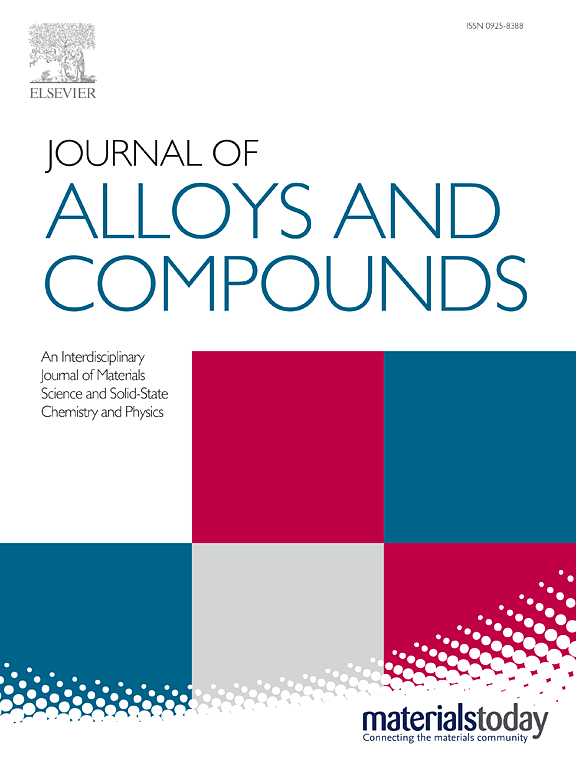Severe grain deformation and fracture in shear-based material removal test for Ni-based superalloy
IF 5.8
2区 材料科学
Q2 CHEMISTRY, PHYSICAL
引用次数: 0
Abstract
Material loading test is a necessary approach to characterize the grain deformation and fracture mechanisms. The study of material deformation and failure mechanisms can only be conducted through purposeful deformation and destruction of the materials. However, existing material loading test methods struggle to effectively evaluate deformation states involving severe grain deformation and fracture. In this study, a new material loading test method based on shear-based material removal under the quasi-static condition was proposed. The offset loading configuration between the cutting insert and the specimen induces severe compressive and shear deformation within the deformation zones. Moreover, a microscale quasi-static-cutting (MQSC) test rig was developed to obtain the grain-scale images and microstructure information in the shear-based material removal test (SMRT). Polycrystal Inconel 718 was used as a case study to characterize the severe deformation and fracture behavior of materials. Based on the digital image correlation (DIC) technique and microscopic images taken by the MQSC test rig, the strain and stress fields were obtained to characterize the grain deformation and fracture state at the grain scale. It was found that the fracture mechanisms of Ni-based superalloy can be divided into severe shear-induced fracture and void-crack-induced fracture under severe shear deformation. The SMRT testing method provides a more intense shear and compressive deformation state, offering new insights into the behavior of grains under extreme deformation conditions.

ni基高温合金剪切基材料去除试验中出现严重的晶粒变形和断裂
材料加载试验是表征晶粒变形和断裂机制的必要手段。材料变形和破坏机制的研究只能通过有目的的材料变形和破坏来进行。然而,现有的材料加载试验方法难以有效地评估涉及严重晶粒变形和断裂的变形状态。本文提出了一种准静态条件下基于剪切材料去除的材料加载试验新方法。切削刀片和试样之间的偏移加载配置在变形区内引起严重的压缩和剪切变形。此外,开发了微尺度准静态切削(MQSC)试验台,以获取剪切基材料去除试验(SMRT)中的晶粒尺度图像和显微组织信息。以多晶Inconel 718为例,研究了材料的剧烈变形和断裂行为。基于数字图像相关(DIC)技术和MQSC试验台拍摄的显微图像,获得了晶粒尺度下晶粒变形和断裂状态的应变场和应力场特征。研究发现,ni基高温合金在剧烈剪切变形下的断裂机制可分为剧烈剪切诱发断裂和空洞-裂纹诱发断裂。SMRT测试方法提供了更强烈的剪切和压缩变形状态,为极端变形条件下晶粒的行为提供了新的见解。
本文章由计算机程序翻译,如有差异,请以英文原文为准。
求助全文
约1分钟内获得全文
求助全文
来源期刊

Journal of Alloys and Compounds
工程技术-材料科学:综合
CiteScore
11.10
自引率
14.50%
发文量
5146
审稿时长
67 days
期刊介绍:
The Journal of Alloys and Compounds is intended to serve as an international medium for the publication of work on solid materials comprising compounds as well as alloys. Its great strength lies in the diversity of discipline which it encompasses, drawing together results from materials science, solid-state chemistry and physics.
 求助内容:
求助内容: 应助结果提醒方式:
应助结果提醒方式:


